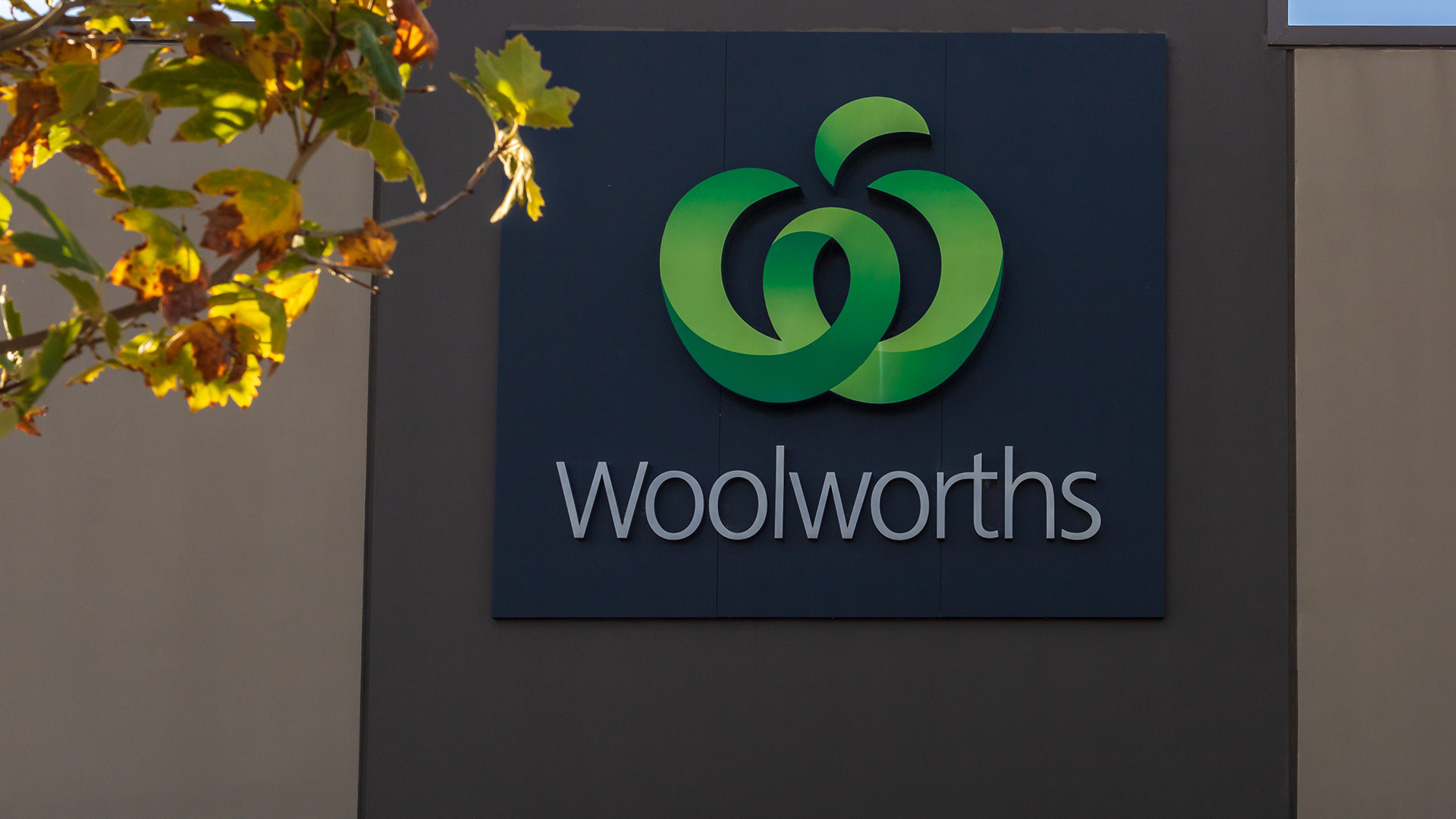‘Crisis what crisis’ might be the comment about the 2009 annual profit result from the Brisbane-based regional lender, Bank of Queensland.
Bank of Queensland’s cash profit has jumped 21% in the year to September as the regional lender grew its loans at almost double the industry pace while also adding deposits.
Helping was a full year’s contribution from Home Building Society.
Complaints about how it and other regional lenders were being discriminated against by the way the Federal bank deposit and fund raising guarantees were structured, will be forgotten in the wake of the result.
The bank is the first of the group of September balancing banks to report; the ANZ is due to report in the middle of next week, the NAB the week after that and Westpac on November 4.
Certainly investors liked the cash profit of $187.4 million ($155.3 million in the 2008 year)
The bank’s shares rose to an 11 month high of $12.79. They eased to finish at $12.60, still up 27 cents.
That was despite a 12 cents a share cut to the final dividend, from 38 cents, to 26 cents.
As always the way companies treat dividend payments to shareholders tells us more about the way management and the board see the outlook.
Judging by that, the BoQ board and management remain very cautious, despite the upbeat nature of the profit comments.
The total dividend was 53 cents, down from 78 cents after the interim was cut as well.
The bank had forecast a 20% rise in cash profit, so the outcome was a touch better.
Net profit at the Brisbane-based bank rose 2% to $141.1 million after non-recurring items. Driven by the jump in demand for home loans, the BoQ said lending grew 10% over the year, while retail deposits increased 16%, equal to system growth.
"We are a leaner, more robust bank than we were going in to the global financial crisis and we now have a platform ready to strategically drive our continued growth forward,’’ chief executive David Liddy said in the statement yesterday.
"Not only did we achieve our earnings forecasts, we also again outpaced the vast majority of our competitors in terms of loan growth.’’
Mr Liddy said the bank had cut costs while working to increasing the bank’s deposit base, so it’s less reliant on the wholesale funding market, which is significantly more expensive for regional banks than the major Australian lenders.
BoQ was able to reduce costs relative to income, with its cost-to-income ratio declining by 6.2 percentage points to 49.9%.
That came as revenues (10%) grew faster than costs (8%).
The bank’s net interest margin fell to 1.56c in the dollar from 1.67c the year before. (But there was an 0.07% rise in the second half.)
"Our level of impaired assets has increased in line with the deteriorating economy and the banking sector, but overall our asset quality is sound," the bank said in its statement.
"We expect bad debts to peak in the coming financial year, but we have increased our General Reserve for Credit Losses to account for this and our losses to date are still tracking well below our larger competitors."
"The cost disciplines we have put in place combined with our expanding revenue base have seen our cost-to-income ratio decrease,’’ Mr Liddy said.
"These disciplines, combined with our funding and capital position, mean we are well placed to continue to grow in a challenging domestic and global economic environment.’’
The bank said its Tier 1 capital ratio was at 9.6%t, at the higher end of any Australian bank, following a capital raising.
In August, BoQ conducted a $340 million equity raising to help grow its network of owner-managed branches and support its services to home loan borrowers and small business owners.
It is facing at least one legal case over problems with its owner-branches in NSW.













